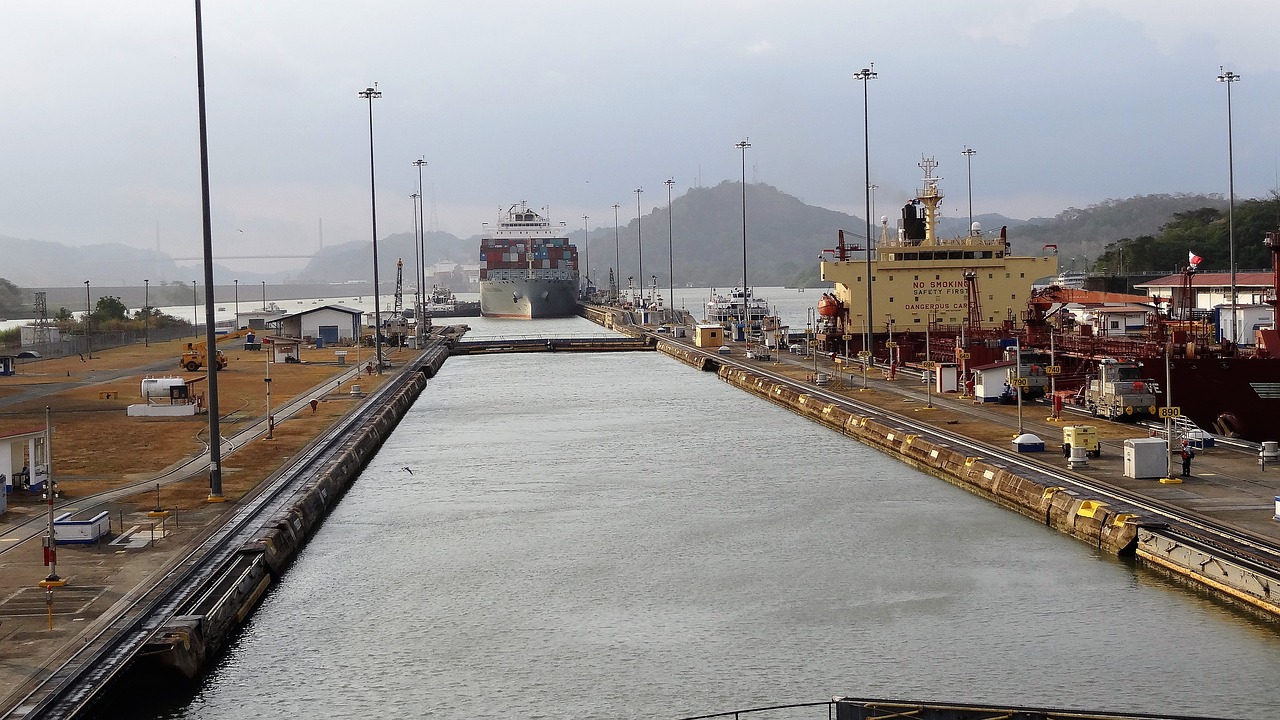Trump Calls for Free U.S. Access to Panama, Suez Canals

U.S. President Donald Trump has called for American ships, both military and commercial, to be granted free passage through two of the world's key shipping routes — the Panama Canal and the Suez Canal.
In a social media statement posted on Saturday, Trump asserted that U.S. ships should not be charged for transit through either waterway. He emphasized that both routes “would not exist” without American efforts and noted that he had instructed Secretary of State Marco Rubio to “immediately take care of” the matter.
The Panama Canal, a vital link connecting the Pacific and Atlantic Oceans, and the Suez Canal, which joins the Mediterranean Sea to the Red Sea, are critical arteries for global trade.
Trump’s administration has reiterated its stance that the U.S. should reassert influence over the Panama Canal, which Trump claims has fallen under Chinese sway. Although the U.S. was instrumental in constructing the canal in the early 20th century and administered it for decades, control was officially transferred to Panama in 1999, following a treaty signed during President Jimmy Carter’s term in 1977.
Today, approximately 5% of global maritime trade passes through the Panama Canal each year. The 82-kilometer waterway shortens shipping routes between the Atlantic and Pacific Oceans, eliminating the need for ships to sail around the southern tip of South America via the Drake Passage or Strait of Magellan. The canal is crucial to the flow of roughly $270 billion in goods annually, including around 40% of all U.S. container traffic.
Speaking recently in Panama City, U.S. Defense Secretary Pete Hegseth expressed interest in negotiating an agreement that would allow U.S. military vessels to pass through the Panama Canal “first and free.” Hegseth also raised the possibility of redeploying American forces to Panama to help "secure" the waterway.
While calls for greater U.S. control over the Panama Canal have persisted, Trump’s latest demand involving the Suez Canal signals a shift in focus. The Suez, a 193-kilometer man-made channel opened in 1869, historically handled between 12% and 15% of global trade and roughly 30% of the world’s container traffic prior to the ongoing Red Sea security crisis.
Recent Houthi attacks on shipping in the Red Sea and Gulf of Aden have severely impacted transit through the Suez Canal, causing a major drop in Egypt’s canal revenue — a decline of more than 50%. In response, many vessels have rerouted around the Cape of Good Hope at Africa’s southern tip, significantly extending journey times and costs.
Since January of last year, the U.S. has intensified military actions against the Iran-backed Houthi rebels. Trump has vowed to continue increasing pressure on the group to eliminate their threat to global shipping routes.
Trump’s demands regarding the Panama and Suez canals add a new dimension to ongoing discussions about U.S. maritime strategy and its influence over two of the world's most vital shipping lanes.